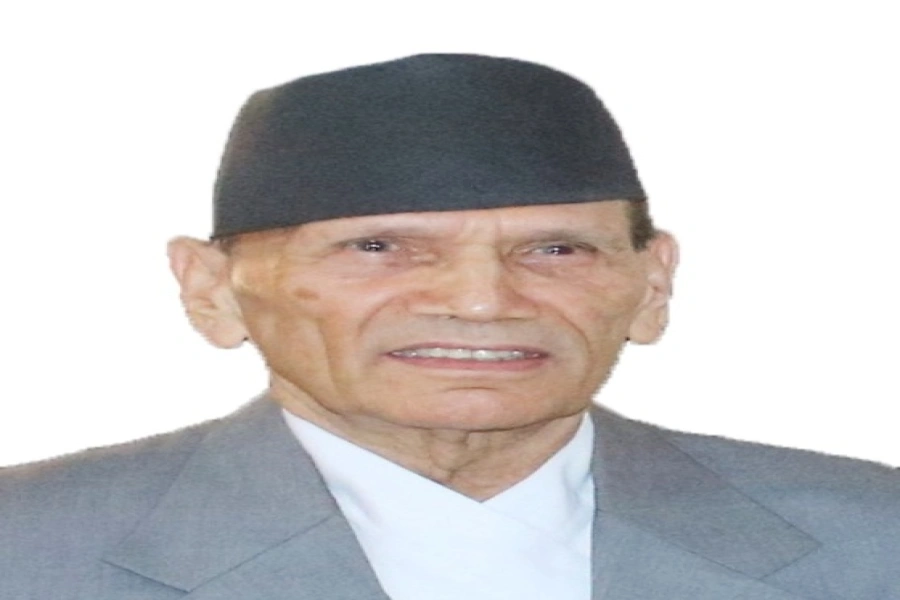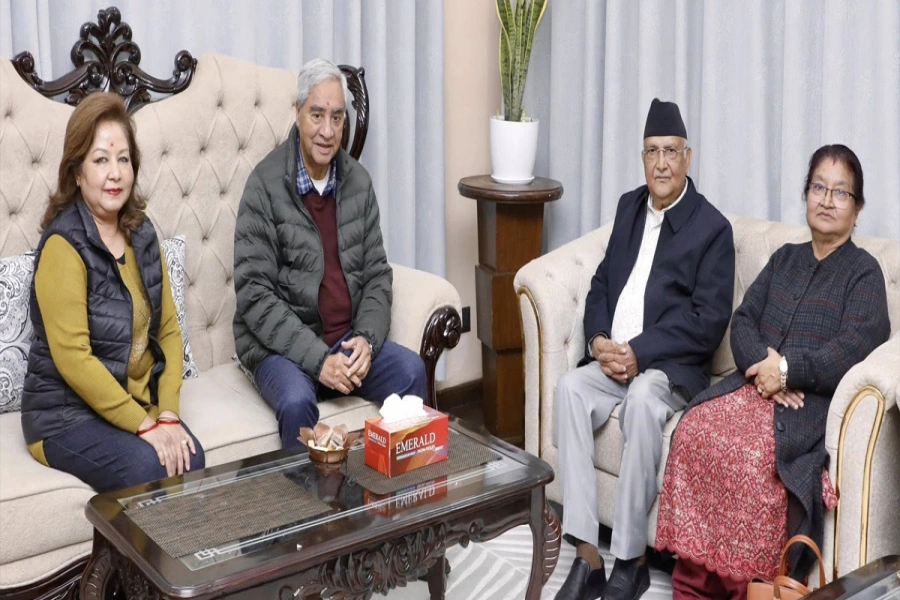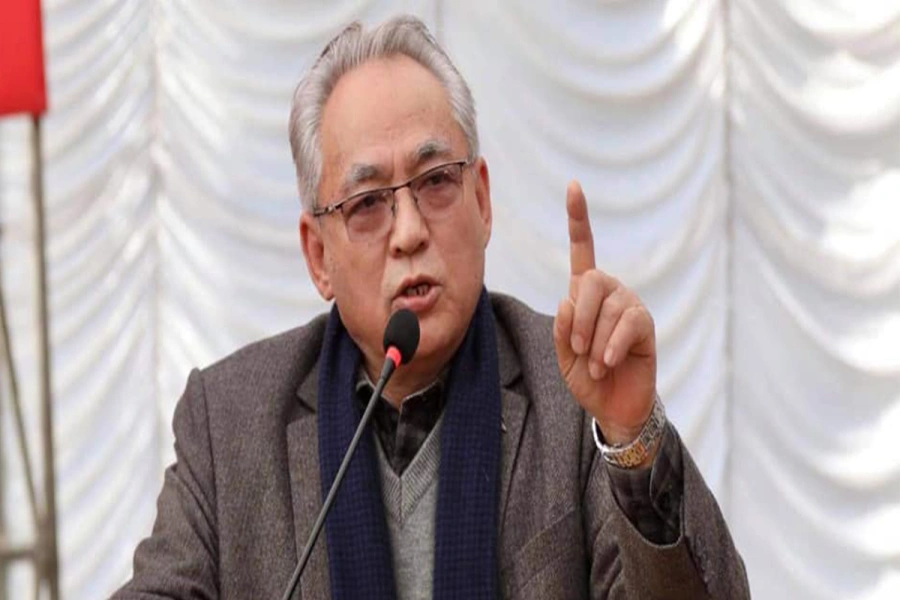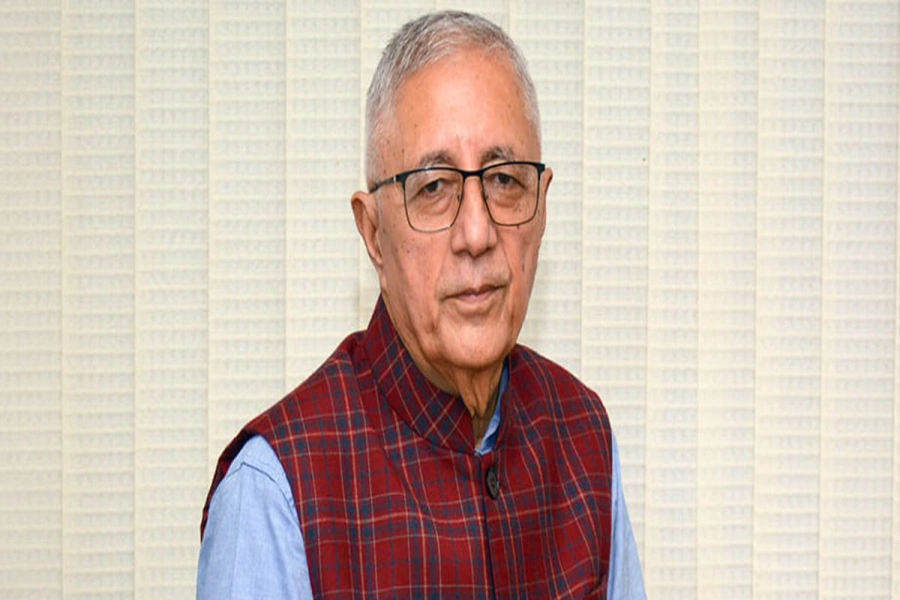There have been murmurings, gossip, and serious talks within the corridors of Singhadurbar or its periphery about BRI projects, MCC, or Indian investments in hydropower projects, especially in the Koshi and Karnali river belts and the Arun River, a tributary of Koshi. Some time ago, the streets and general populace were divided into for and against MCC in a political line as stimulated by their leaders. The MCC issue seems to be over with the passage of the legislative bill from the House of Representatives, and project work has begun according to its design and development.
As the MCC issue subsided, the GSI caught the attention of academia and political intelligentsia for some time. Political pundits and strategic players were actively defending their own points and provoking others as diminutive and insignificant. Although Nepal signed the memorandum of BRI in 2017, it has yet to bring the nine projects selected under the BRI projects into operation, while the MCC, signed in 2014, has come into operation. China's worries can be seen in any pretext, whether the earthquake or COVID, as it has not opened Tatopani or Zangmu border, virtually putting Nepal in a state of economic embargo. This behavior has adversely affected import trade, putting a heavy economic weight on Nepali businessmen.
To materialize the idea of trans-Himalayan railway connectivity, the proposed construction of the Kerung-Kathmandu railway line under the BRI project should be implemented as soon as possible under the Chinese grant. Since the cost of construction may require a significant portion of Nepal's GDP, it would be economically burdensome for Nepal to cover such a heavy cost when there is yet to be a proper study to guarantee economic viability. According to a pre-feasibility study conducted by a Chinese team, the construction of the 75-km-long Kerung-Kathmandu section will cost over $3 billion.
The Indian case is also not different. Over time, it has committed to several hundred projects under its cooperation, but none of them has seen any work-in-progress. As China stepped into Nepal with the promise of extending its railway network to Nepal through RasuwaGadi border, India also proposed to build a railway line from Raxaul to Kathmandu, which is still carrying out a feasibility study. It proposed building a broad gauge line between Raxaul and Kathmandu in August 2018 by signing an MOU.
Nepal-China railway to boost bilateral, regional connectivity :...

India also spoke of a joint vision of development between Nepal and India harnessing the hydropower of Nepal. They agreed to develop hydropower in Nepal under the BBIN scheme (Bangladesh, Bhutan, India, and Nepal), sub-regional cooperation. India also took a positive view of the initiative to develop cross-border transmission lines. However, whenever it began to work, India turned it down for Nepali hydropower's uninterrupted access to the Indian market and transmission connectivity to Bangladesh. India considers Nepal's power trade as a strategic commodity instead of its regular business deal. Once it is listed under the strategic commodity, it is hard for Nepal to get unrestricted access to India. India's reluctance to provide its market access to the Nepali electricity produced with the involvement of Chinese companies has hampered the ideals of regional cooperation.
Chinese do not consider India as their geopolitical or geostrategic adversary. On the other hand, Indians view China as a threat to their sovereignty and territorial integrity, especially given the 1962 war and other border skirmishes. Nepal, situated between these two giants in terms of population, geography, and economy, has acted as a solid barrier and shield for its 1440-kilometer long border. Despite this, India is overly sensitive when dealing with Nepal.
China is moving forward with a mercantilist attitude and extending its influence globally, competing with superpower America in technology and the economy. Meanwhile, India, aligned with the American bloc, is exerting its power to become a regional force. Both China and India are trying to extend their spheres of influence beyond their national borders. Nepal, being a neighbor, is claimed by both China and India, with India having a stronger claim. However, China is gradually gaining a foothold in Nepal.
With its economic prowess, China is promoting a foreign policy that emphasizes a "shared future for mankind" and "win-win cooperation." This policy is exemplified by the Belt and Road Initiative (BRI). India, on the other hand, is pursuing "Sab ka Saath Sab ka Bikas" as a prelude to development and seeks to acquire honorable positions in the regional and global arena.
It would be wise to view the rising neighbors as opportunities rather than as competitors. Although China is far superior to India in terms of economic size, technical advancement, and defense capabilities, they clash frequently over unsettled border issues. This is a concern for neighboring countries like Nepal, as any unwanted incidents would have direct consequences for them. Therefore, it is necessary to suspend military overtures and adventurism over the borders to seek a lasting peaceful solution.
The international community, particularly in South Asia, needs to be prepared for a proactive and outward-looking China. The Belt and Road Initiative, as well as the Global Development Initiative and Global Security Initiative, are the signature foreign policies of the Chinese president, emphasizing socialism with Chinese characteristics.
While both neighbors are experiencing economic growth and revitalizing their national pride and honor, Nepal is struggling to find a place for its development. Its aspiration to transition from a least developed nation to a developing nation and gain an honorable place in the international arena is understandable. The growing neighbors could complement Nepal's expectations, and Nepal should continue its efforts to promote the prosperity and progress of its people.
Nepal has maintained cordial, cooperative, and friendly relations with both its natural partners, India and China, throughout history, culture, and geography. Nepal-India relations are mostly guided and governed by the interaction and relationships between their open borders. China has upgraded its strategic partnership with Nepal for everlasting friendship and progress of both countries.
The relationship developed, groomed, cultivated, and nurtured by the people of both countries is deeply rooted in cultural affinity, religious harmony, exchanges of ideas, family bonds, and trade in commodities along both sides of the border, despite the geographical hardships posed by poor physical infrastructure. Not only in the northern part covered by the mighty Himalayas, but also in the southern plains bordering India, the physical infrastructure is equally poor and in need of proper maintenance and regulation.
Since both of our neighbors harbor the philosophical taglines of "shared future for mankind and a new type of international relations with win-win cooperation" and "Sab ka Saath Sab ka Bikas," Nepal should not be left behind to thrive. Developing connectivity is the only way Nepal can thrive along with its neighbors. Connectivity through rail, road, air, and transmission lines across the borders opens up new opportunities to grow together. Increased connectivity enhances trade and mobility of humans and capital, which generates opportunities for joint growth.
In this context, China should not pressure Nepal to build BRI projects under commercial loans, while India should release its constrained mind of China phobia and provide unrestricted access to electricity produced in Nepal to the Indian market. India also needs to show its magnanimity by offering to construct transmission lines across the border to promote regional cooperation. For air connectivity, India needs to allow Nepal to use its sky for entry and exit points through Mahendranagar and Nepalgunj, which will help in the operationalization of Bhairahawa and Pokhara International Airports, without any reservations.




































